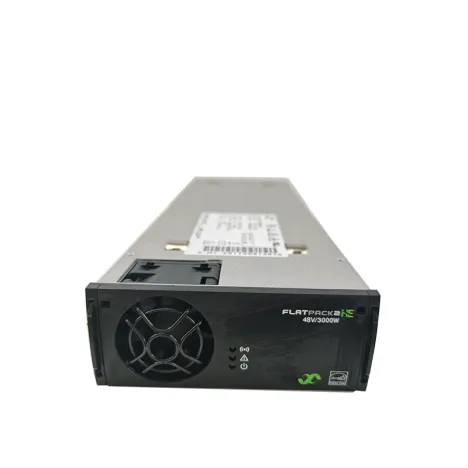In power electronics, rectification is a crucial process for converting alternating current (AC) to direct current (DC). Rectifier modules are an essential component in this process, and they play a significant role in ensuring the efficiency and reliability of power conversion. In this article, we will explore the basics of rectifier modules and their applications in power electronics.

A rectifier module is a device that uses diodes to convert AC voltage to DC voltage. It is an electronic circuit that is comprised of several diodes, arranged in a bridge configuration. The diodes allow the flow of current in only one direction, resulting in a DC voltage output.
Rectifier modules come in different configurations and specifications, depending on the application requirements. The most common types are single-phase and three-phase rectifier modules. Single-phase rectifier modules are used for low power applications, such as small power supplies, while three-phase rectifier modules are used in high-power applications, such as industrial equipment.
Rectifier modules are also classified based on the type of diodes used. Silicon diodes are the most common type of diode used in rectifier modules, as they have a high voltage rating and can handle high currents. However, they have a relatively high forward voltage drop, which can result in higher power losses. Schottky diodes, on the other hand, have a lower forward voltage drop, resulting in lower power losses. However, they have a lower voltage rating and are not suitable for high-power applications.
The efficiency of a rectifier module is an essential factor in power electronics. It is defined as the ratio of the DC output power to the AC input power. A higher efficiency means that less power is lost in the conversion process, resulting in reduced operating costs and increased reliability. The efficiency of a rectifier module is affected by several factors, such as the type of diodes used, the voltage and current ratings, and the operating temperature.
In addition to efficiency, the reliability of rectifier modules is also crucial in power electronics. They are designed to operate under harsh conditions, such as high temperatures, humidity, and vibration. They should be able to withstand these conditions without any significant degradation in performance or reliability. This is particularly important in industrial and automotive applications, where the operating conditions can be severe.
Rectifier modules are widely used in various applications in power electronics. They are used in power supply, battery chargers, motor drives, welding machines, and other industrial equipment. They are also used in renewable energy systems, such as solar and wind power, where they convert the DC output from the power source to usable AC power.
In conclusion, rectifier modules are an essential component in power electronics. They convert AC voltage to DC voltage using diodes, and they play a significant role in ensuring the efficiency and reliability of power conversion. They come in different configurations and specifications, and they are classified based on the type of diodes used. The efficiency and reliability of rectifier modules are crucial factors in power electronics, and they are widely used in various applications, including renewable energy systems. Understanding the basics of rectifier modules is essential for anyone involved in power electronics, as they are a fundamental building block in this field.
Previous: None.
Next: None.
Copyright:@2020-2021
Comments Please sign in or sign up to post.
0
0 of 500 characters used